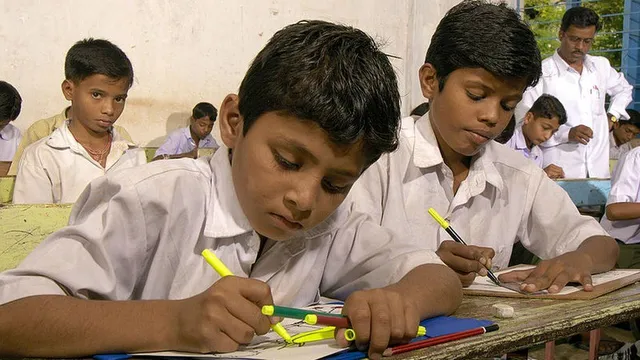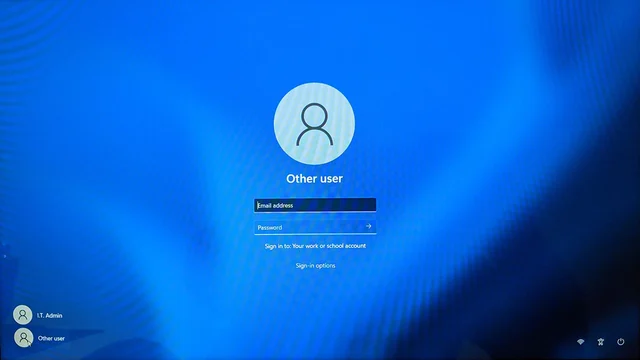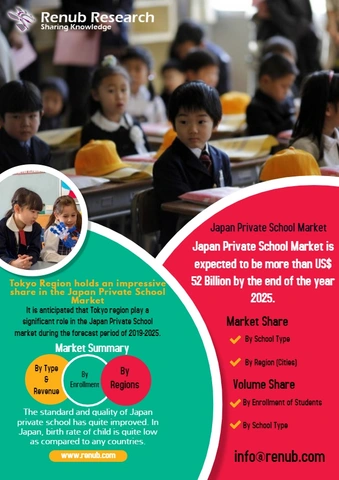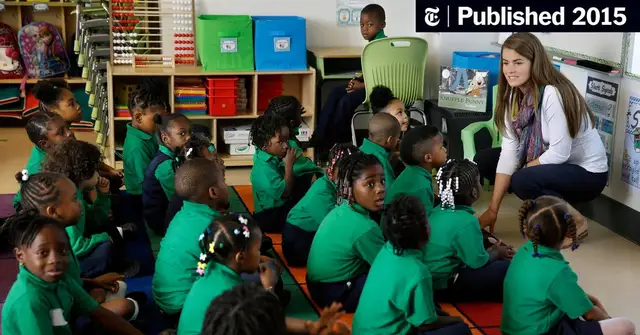Search
Latest Post
What is the meaning of intermediate education in India?
In India, intermediate education refers to the two-year period of schooling between high school and university, typically known as 11th and 12th grades. This stage focuses on deepening students' knowledge in their chosen subjects and preparing them for higher education or professional courses. Students can opt for various streams, such as science, commerce, or humanities, depending on their interests and future goals. The curriculum is designed to develop critical thinking and problem-solving skills, which are essential for success in the competitive world. In a nutshell, intermediate education in India plays a crucial role in shaping students' careers and setting the foundation for their future endeavors.
What's wrong with the public schools in Denver?
Denver's public schools have been facing a number of challenges in recent years. From overcrowding to a lack of adequate resources, students and teachers alike have had to deal with the consequences of the school system's inadequate funding. The schools are also facing increasing pressure from charter schools, which are siphoning away students and resources from the public school system. This has resulted in lower graduation rates, fewer resources, and fewer qualified teachers. The situation is dire and requires urgent attention from both local and state governments, as well as increased investment in public education. It is essential that the public schools in Denver are adequately funded and supported in order to ensure that all students receive the quality education they need and deserve.
How do school computers do network logins?
Computers in school networks have the capability to create logins for users. It is a process that requires authentication and validation, allowing users to access the network with unique credentials. The process includes verifying a user's identity, providing a secure connection and allowing for the user to access different services. The login process also allows for the school to track and monitor user activity, ensuring that all users are using the network responsibly. It is an essential part of keeping school networks safe and secure. By utilizing network logins, schools can ensure that all users are given the appropriate access, while upholding the rules and regulations of the network.
How big is the private school market in the US?
The private school market in the US is booming. According to the National Center for Education Statistics, around 5.3 million students attend private school in the US. Private schools offer an exclusive education experience, with smaller class sizes and more personalized attention. Private schools also often boast higher graduation rates and better college admissions rates than public schools. This makes them an attractive option for many parents who want to give their children the best possible education. Private schools also offer a variety of academic and extracurricular activities to keep students engaged outside the classroom. With the variety of options available, the private school market in the US looks set to continue to grow.
Which high school in NYC is for the rich?
As a New Yorker, I've noticed that there's a high school in NYC that caters specifically to the rich and elite. After doing some research, I found out that this prestigious institution is called Avenues: The World School. Located in the upscale neighborhood of Chelsea, this school is known for its exclusive admission process and exorbitant tuition fees. With top-notch facilities, innovative curriculum, and highly qualified teachers, Avenues is truly a haven for wealthy families seeking the best education for their children. However, it's important to remember that a high price tag doesn't always guarantee success, and there are many other excellent schools in NYC that cater to students from all backgrounds.




